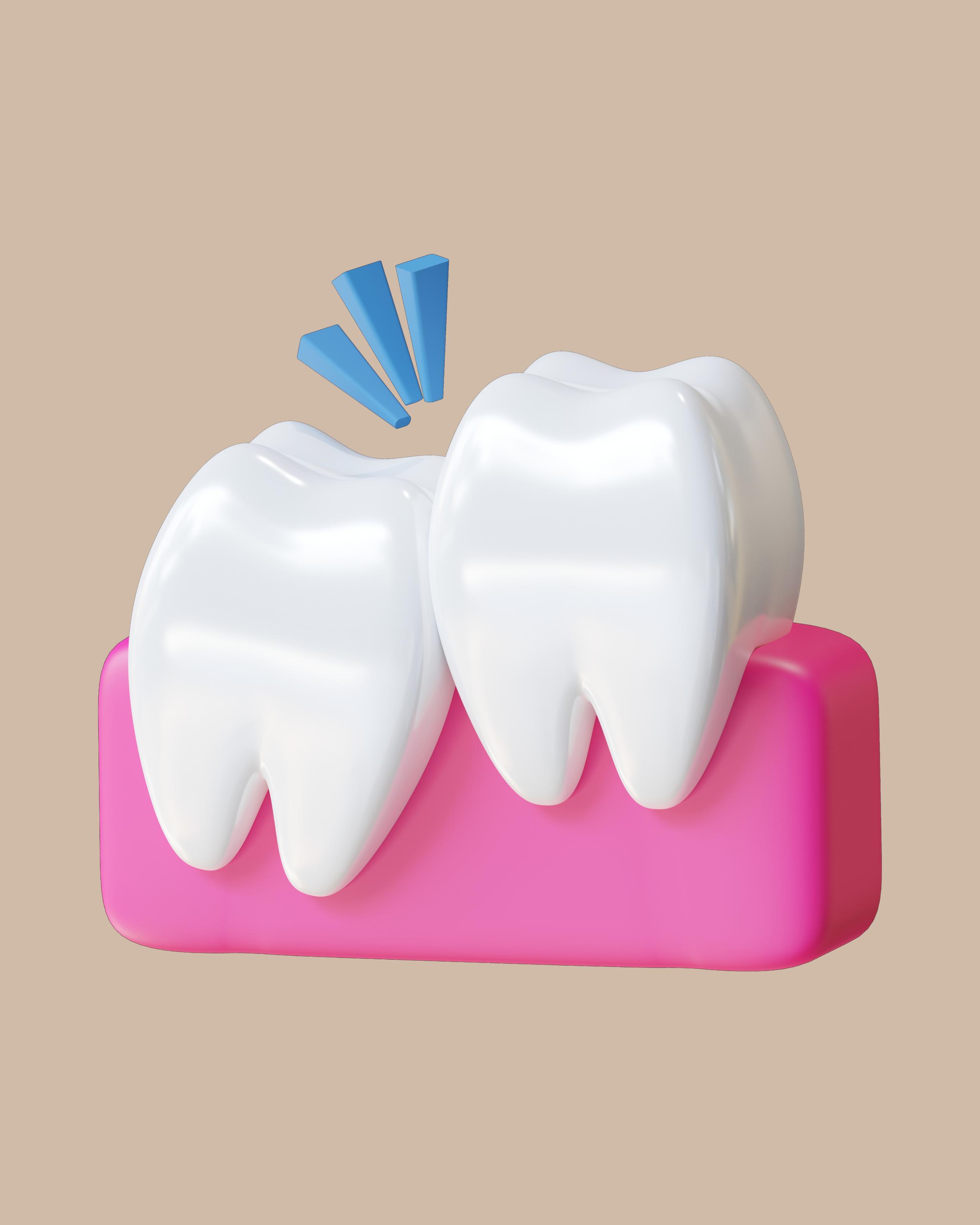
KidsDentist’s state-of-the-art Dental Surgery Center offers advanced care for children needing complex procedures, prioritizing stress-free visits with flexible hours for busy families. With over 12,000 smiles restored, KidsDentist is trusted by parents in HSR Layout, Harlur, and Whitefield for comprehensive and child-friendly dental care. From first visits to emergencies, KidsDentist ensures bright, healthy smiles for Bengaluru’s children. 👶😁
KidsDentist provides expert care for pediatric dental emergencies, handling toothaches, chipped or broken teeth, knocked-out teeth, and soft tissue injuries. We’re here to ease the stress for both children and parents with prompt and effective treatment.
Looking for a pediatric dental clinic that combines top-notch care with a child-friendly environment? KidsDentist, with branches in HSR Layout, Harlur, and Whitefield, Bengaluru, has treated over 12,000 children, ensuring anxiety-free dental visits. From routine check-ups to sedation dentistry, their expert team offers comprehensive services tailored to kids' needs. With colorful interiors and a compassionate approach, KidsDentist prioritizes your child’s comfort and bright, healthy smile. Visit KidsDentist for a stress-free dental experience your child will love! 👶😁
Healthy teeth are key to your child’s well-being and confidence. Prevent issues like cavities and bad breath by brushing twice daily with fluoride toothpaste, limiting sugary snacks, and visiting the dentist regularly. Start good habits early to set your child up for a lifetime of happy, pain-free smiles!
KidsDentist provides comprehensive pediatric dental care, including preventive services like check-ups, fluoride treatments, sealants, and oral hygiene education. Restorative treatments such as tooth-colored fillings, crowns, and pulp therapy are offered with a gentle approach. Specialized services include orthodontics, special needs dentistry, habit counseling, and custom sports mouthguards, ensuring every child’s unique dental needs are met.
Preventing early childhood caries (ECC) is important not only for the current generation of children but also for future generations.
To ensure visits to our center are comfortable and as stress-free as possible, procedures with nitrous oxide sedation (sedation dentistry) are available.
*This is an important post for expecting couples/parents of newborns.
Mothers’ own milk is the best source of nutrition for nearly all infants.
Abusive head trauma (AHT) often happens when a parent or caregiver becomes angry or frustrated because of a child's cryi
These are our recommendations
Tooth decay in infants and very young children are often referred to as baby bottle tooth decay.
Whose words do we follow? Read more.
My child is 10 months old and no teeth have erupted yet. What do we do ?
Here are your answers.
Among the major objectives of pediatric dentistry is to guide the developing dentition to a state of normalcy
Once your child has a tooth, your doctor may recommend that your child receive fluoride varnish treatments in the pediatric dentist's office to help prevent tooth decay.
It is always a delight to notice perikymata.
Cavities are preventable provided you are willing to add up some extra effort.
This detailed infographic explains in detail:
a) perinatal management approaches for pregnant women to improve the outcomes in mothers and neonates.
b) Summarizes the clinical presentation and management of neonatal SARS-CoV-2 infection
c) Describe the neonatal multisystem inflammatory syndrome in children.
A space maintainer refers to an appliance designed to retain a given area or space, generally in the primary and mixed dentition.
Milk tooth tipping and unsure why this happened ? This post is worth your time then.
Even before the teeth begin to erupt, you should always clean baby's mouth at least once a day with a clean gauze pad or soft cloth
Children deserve beautiful teeth as the adult counterparts. Esthetics although are not the major highlight of treatment in children, restoring function remains top priority.
Bacteria from your mouth can naturally be transmitted to your baby's mouth.
Guidelines to maintain the newborn's oral hygeine. Age specific: 0-5 months
The challenge always remains when it come to protecting toddlers and young children from household dental trauma.
We have discussed about the cavities and their initiation process of cavities and why cleaning a child’s teeth is important right from infancy in my previous posts.
There are certain characteristics that you should look for in whatever toothbrush you choose, regardless of whether it is manual or powered.
Molar Incisor Hypoplasia is an important condition which needs to be addressed.